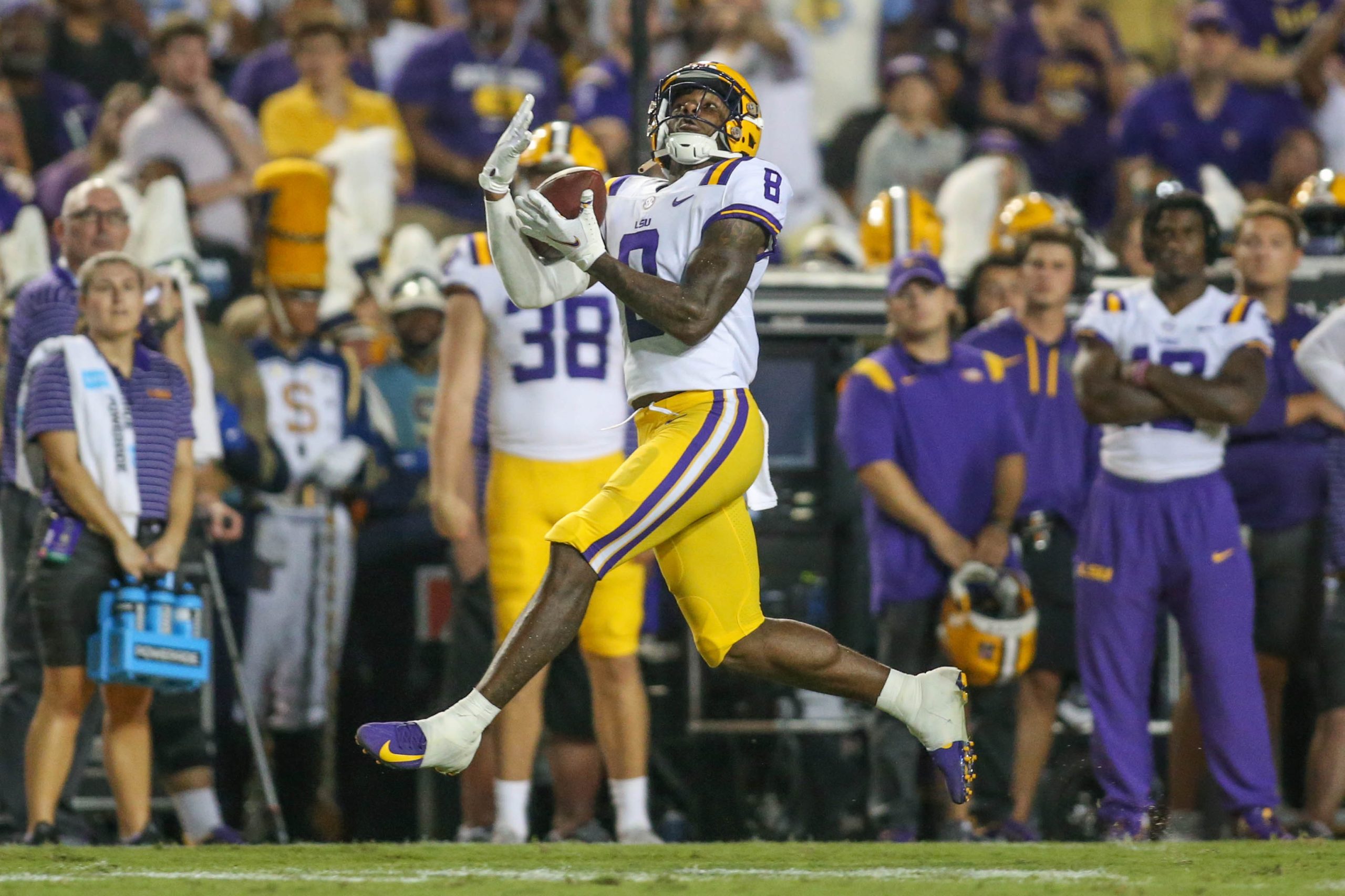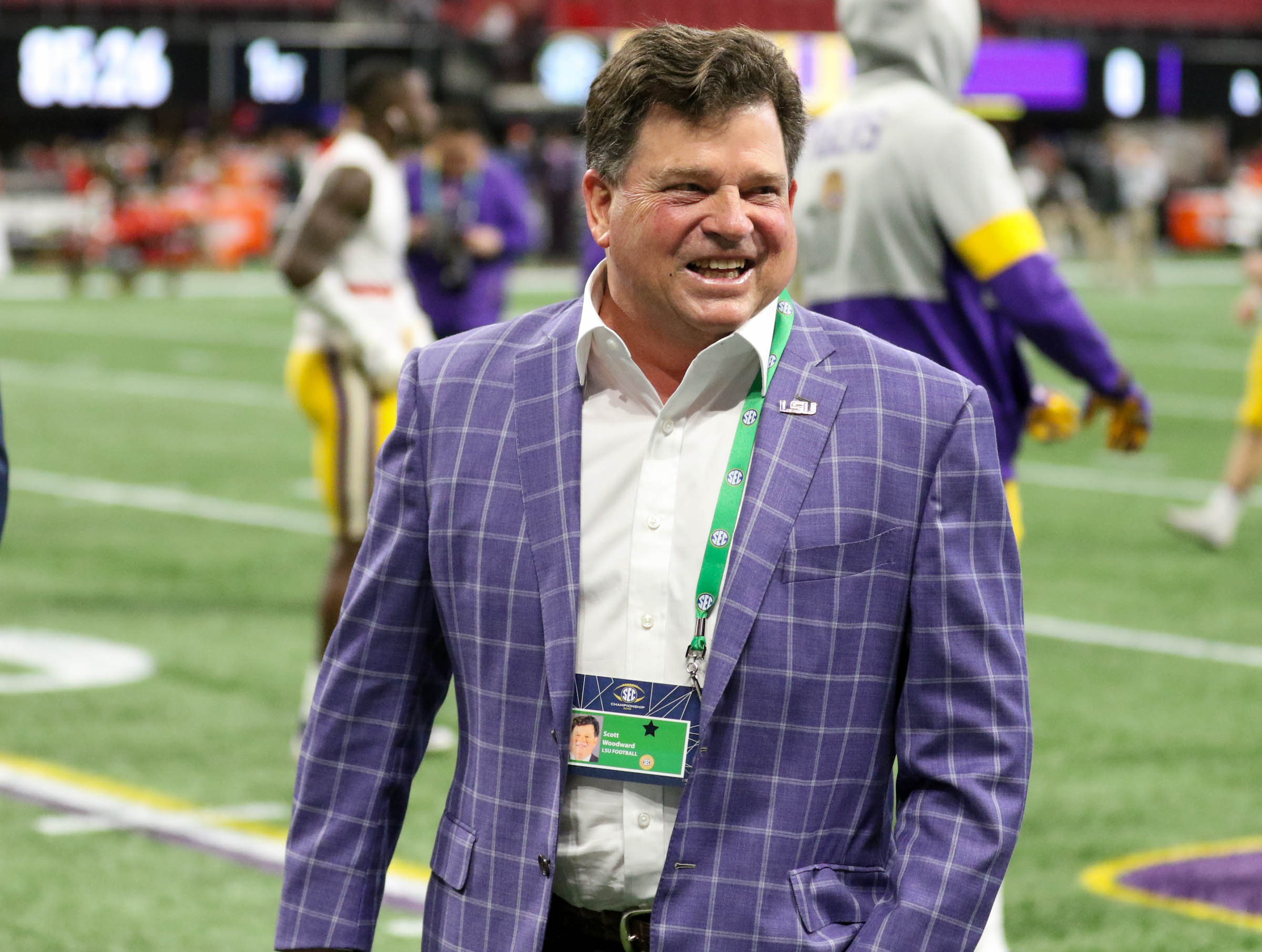
USC’s quarterback Miller Moss isn’t the same type as Caleb Williams, just like LSU’s Garrett Nussmeier isn’t the same as Jayden Daniels.
Moss and Nussmeier are very different from their electrifying, Heisman Trophy-winning predecessors.
Moss and Nussmeier are pocket passers with cannons.
On Sunday night, the biggest question is which quarterback adjusts the best and settles in fastest. Will Moss or Nussmeier prove more effective?
Can one team’s defense get to, disrupt and defuse the other’s cannon?
Both teams are loaded with offensive talent. And, theoretically, most expect both offenses to carry the load for their teams again in 2024 because both had historically bad defenses last season.
Both defenses are being rebuilt under new coordinators and staff this season.
Rome wasn’t built in a day, and neither was Troy.
In a game that’s almost guaranteed to feature high-powered offenses in Las Vegas, the winner will likely be the one whose revamped defense can come the farthest the fastest and dodge the most fire from the other’s offense.
A CLOSER LOOK AT USC
With Moss under center, USC’s offense will look very different from last season.
Moss isn’t a runner at all, unlike Williams who always looked to run.
Moss will have extremely talented but unproven receivers in Zachariah Branch, Jakobi Lane, and Duce Robinson – they’ve shown promise, but questions remain about their readiness.
In the past, USC coach Lincoln Riley customized his Air-Raid style offenses to suit each quarterback’s abilities. This season will see another significant adjustment due to the lack of a true dual-threat quarterback.
With no real rushing threat at QB, USC’s offense will likely become more reliant on precise timing and execution. Moss is expected to excel in this type of structure.
USC’s young receivers must step up and take on bigger roles if they hope to have a successful game against LSU.
Keep an eye on Lane and don’t underestimate Makai Lemon’s potential impact. Look for Riley to find ways to get Branch and Robinson involved in the action from the outset.
As for USC’s defensive line, it currently looks like this: Jamil Muhammad and Anthony Lucas on the edges, while Bear Alexander and Nate Clifton hold down the interior spots.
The big question is if USC’s defensive line can even handle LSU’s much larger, very talented, and powerful offensive line.
When D’Anton Lynn was hired by USC, many pointed out that he had more talented players at his disposal with UCLA. This time around, it’s a different challenge for Lynn as USC lacks depth and overall talent on defense.
USC improved the secondary through the transfer portal, but even if the secondary is vastly improved, it may not matter much if the USC defensive front can’t control the line of scrimmage.
Expect the deck to be stacked for LSU’s offense against USC’s defense. Advantage LSU.
NEW LSU DEFENSIVE COORDINATOR WANTS TO GAMBLE & WREAK HAVOC
Unlike Lynn at USC, LSU’s new defensive coordinator Blake Baker wants to rebuild and restructure the historically bad defense he inherited with less focus on bringing in new players.
Baker plans to aggressively shuffle and stack the decks totally differently than his predecessor and have most of the same players flipping and dealing the cards much more aggressively.
Baker’s defensive strategy involves minimal caution, focusing on creating havoc in the backfield, and pressuring the quarterback.
In fact, Baker measures defensive success with what he calls a ‘havoc rate.”
It’s a statistic that quantifies the percentage of defensive plays resulting in negative yards, including tackles for loss, sacks, pass breakups, interceptions, and forced fumbles.
Baker says he aims for a 25% havoc rate at LSU this season.
If wreaking havoc leads to more stops and LSU under Baker wreaks 10% more havoc against Moss and USC on Sunday night than it otherwise would have or could have before, well, Vegas calls that a “Jackpot.”
And LSU will be leaving Las Vegas 1-0 – with its pants on.





Be the first to comment